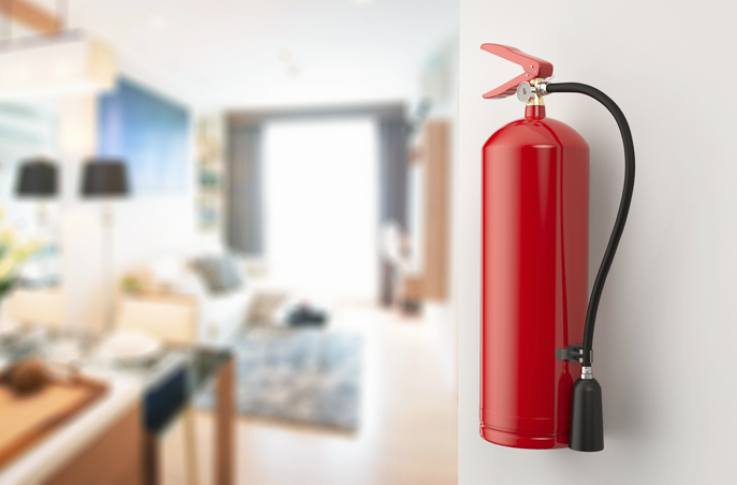Our homes are our sanctuaries, providing comfort and security. However, within the safety of our walls, there’s a silent threat that can devastate everything we hold dear: fire.
Fire safety is not just a precaution; it’s a responsibility we owe to ourselves and our loved ones. In this article, we’ll explore the essential steps to protect your home from this silent but potentially destructive threat.
Understanding of fire safety
Fires are incredibly destructive forces that can consume everything in their path within minutes. Beyond property damage, fires pose a serious threat to life and limb.
Understanding the risk is the first step in taking effective measures to prevent fires and minimize their impact.
Fire safety is the set of practices intended to reduce the risk of fire in an environment. It involves identifying and assessing hazards, taking precautions against ignition sources and educating people on what to do in an emergency.
Fire safety measures differ from building to building depending on their size, use and location. The most effective fire safety measures are those that take into account all three factors: hazard identification, control of ignition sources and education of people at risk.
What is Home Fire Safety – main measures to consider
Home fire safety is all about preventing fires from breaking out and reducing the damage they cause when they do happen. It’s important to remember that even if you live in an apartment or condo, you can still take steps to protect yourself against fires.
Here are some of the most important things you can do to make sure your home is safe:
- Smoke and carbon monoxide detectors:
Keep an eye on your smoke detectors. Be sure they’re working, and replace batteries every six months. Smoke detectors should be placed on every floor of your home and outside sleeping areas.
Also consider adding one in the kitchen near the stove or oven, as well as near windows where heat could escape from inside your home during a fire.
- Fire extinguishers placed at your home
Having fire extinguishers strategically placed throughout your home can mean the difference between a small incident and a devastating fire. Different types of extinguishers are designed for different types of fires – for example Class A for common combustibles, Class B for flammable liquids.
- Use fire-resistant materials
There are various fire-resistant materials available on the market that can be used in different parts of your home. When it comes to construction, using fire-resistant insulation, such as mineral wool or fiberglass, can help prevent the spread of flames and reduce the amount of heat transferred.
Fire-resistant drywall and gypsum board can also be used to create fire-resistant barriers between different areas of the house.
How to prevent fires at home
Fire prevention is a critical aspect of ensuring the safety of your home and loved ones. By adopting a few simple practices and being mindful of potential fire hazards, you can significantly reduce the risk of fires in your living space.
There are some kitchen tips that will help you to make sure you minimize the fire hazard in your kitchen. Something very important is to never leave cooking unattended, especially when using high heat.
Also keep flammable items, such as kitchen towels and paper towels, away from the stove. Last but not least use a timer to remind you of cooking times and avoid distractions while cooking.
Other important measures are related to electrical items. It’s important to make a regular inspection of electrical cords for fraying, damage, or exposed wires. You have to also avoid overloading electrical outlets with multiple appliances. Use power strips with surge protectors if needed.

My name is Scarlett Mitchell and i am an author and editor in the home topic website – FemCasa.com.
I’m just an enthusiast who wants to share her visions, ideas and advices, when it comes to decorating every part of your home until it becomes the perfect relaxing place for you and your family.

